Zakria
Privacy-Preserved Blockchain-Federated-Learning for Medical Image Analysis Towards Multiple Parties
Apr 22, 2021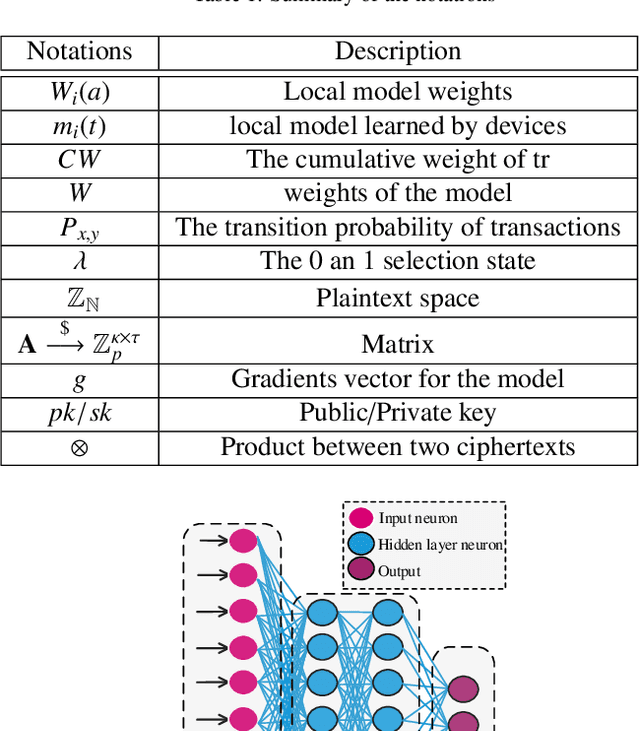
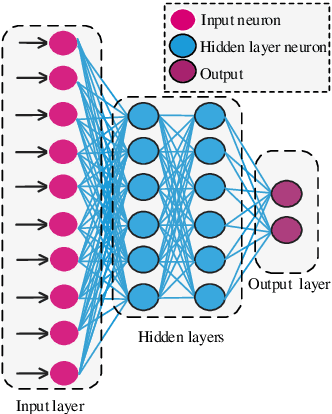
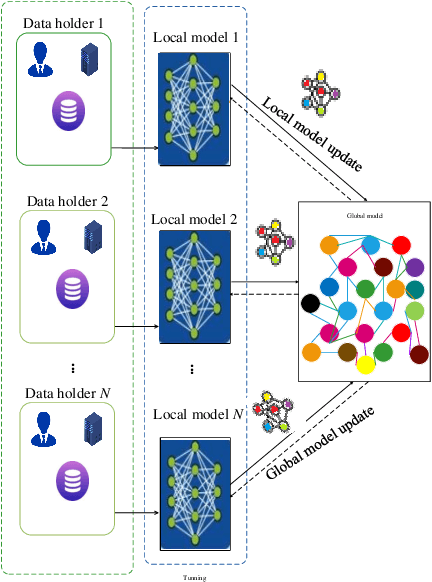
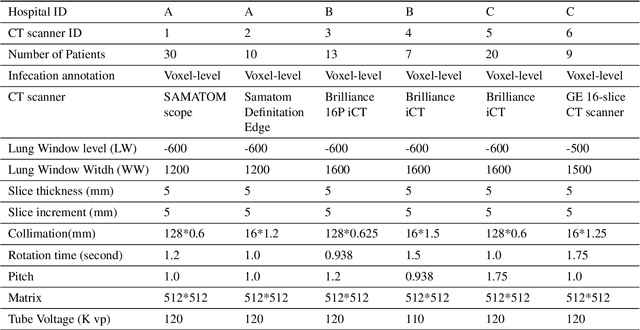
Abstract:To share the patient\textquoteright s data in the blockchain network can help to learn the accurate deep learning model for the better prediction of COVID-19 patients. However, privacy (e.g., data leakage) and security (e.g., reliability or trust of data) concerns are the main challenging task for the health care centers. To solve this challenging task, this article designs a privacy-preserving framework based on federated learning and blockchain. In the first step, we train the local model by using the capsule network for the segmentation and classification of the COVID-19 images. The segmentation aims to extract nodules and classification to train the model. In the second step, we secure the local model through the homomorphic encryption scheme. The designed scheme encrypts and decrypts the gradients for federated learning. Moreover, for the decentralization of the model, we design a blockchain-based federated learning algorithm that can aggregate the gradients and update the local model. In this way, the proposed encryption scheme achieves the data provider privacy, and blockchain guarantees the reliability of the shared data. The experiment results demonstrate the performance of the proposed scheme.
IoTMalware: Android IoT Malware Detection based on Deep Neural Network and Blockchain Technology
Feb 26, 2021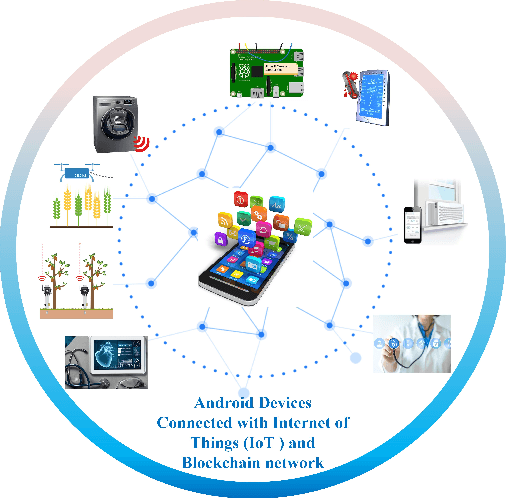
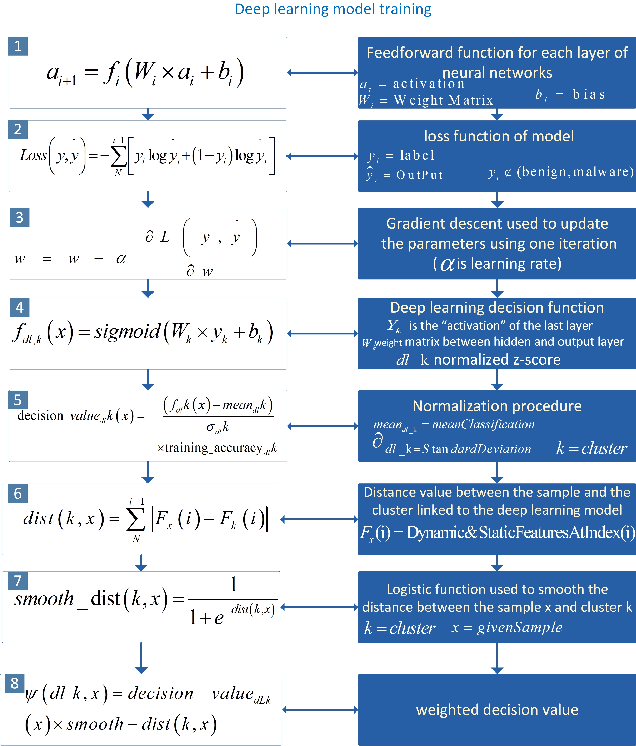
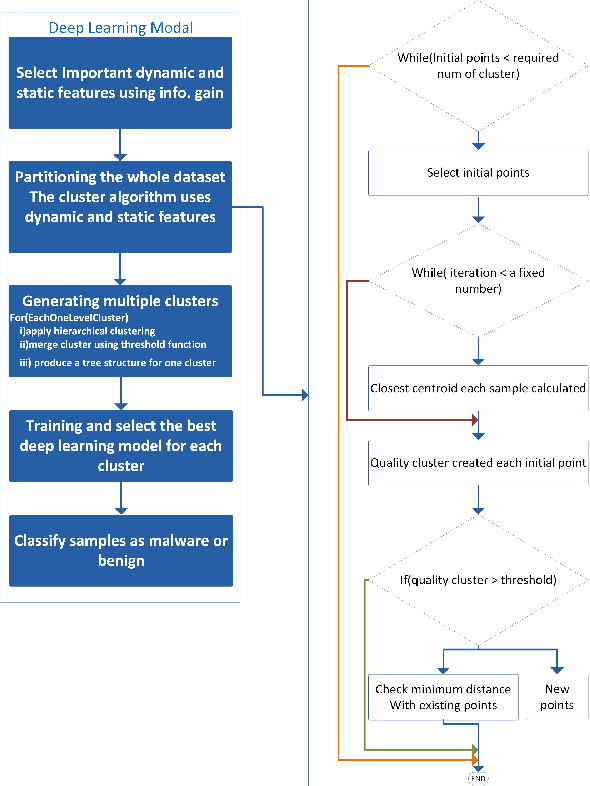
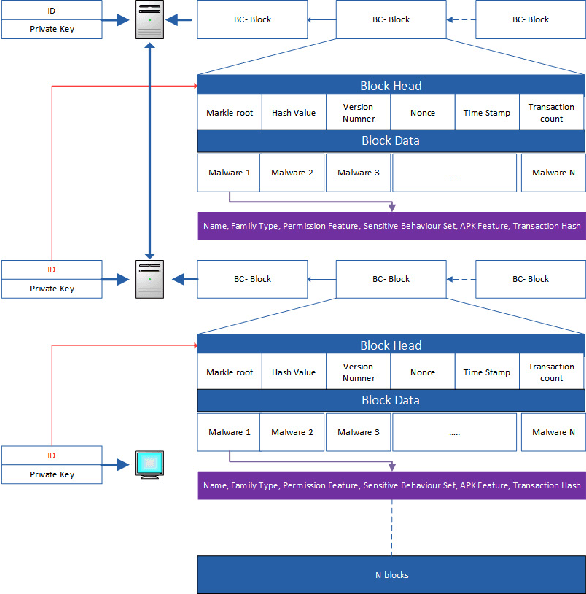
Abstract:The Internet of Things (IoT) has been revolutionizing this world by introducing exciting applications almost in all walks of daily life, such as healthcare, smart cities, smart environments, safety, remote sensing, and many more. This paper proposes a new framework based on the blockchain and deep learning model to provide more security for Android IoT devices. Moreover, our framework is capable to find the malware activities in a real-time environment. The proposed deep learning model analyzes various static and dynamic features extracted from thousands of feature of malware and benign apps that are already stored in blockchain distributed ledger. The multi-layer deep learning model makes decisions by analyzing the previous data and follow some steps. Firstly, it divides the malware feature into multiple level clusters. Secondly, it chooses a unique deep learning model for each malware feature set or cluster. Finally, it produces the decision by combining the results generated from all cluster levels. Furthermore, the decisions and multiple-level clustering data are stored in a blockchain that can be further used to train every specialized cluster for unique data distribution. Also, a customized smart contract is designed to detect deceptive applications through the blockchain framework. The smart contract verifies the malicious application both during the uploading and downloading process of Android apps on the network. Consequently, the proposed framework provides flexibility to features for run-time security regarding malware detection on heterogeneous IoT devices. Finally, the smart contract helps to approve or deny to uploading and downloading harmful Android applications.
Trends in Vehicle Re-identification Past, Present, and Future: A Comprehensive Review
Feb 19, 2021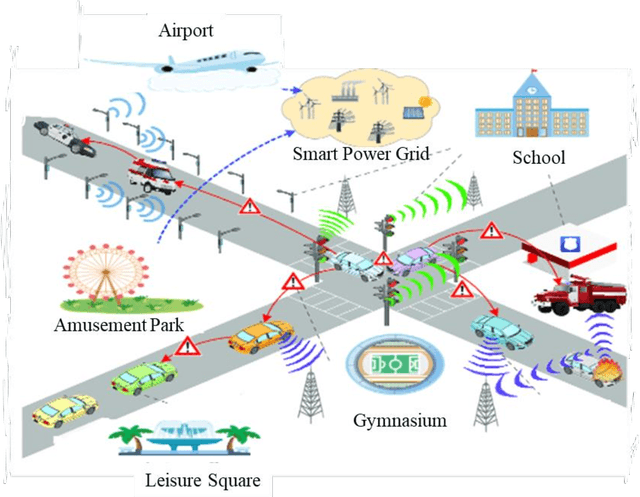
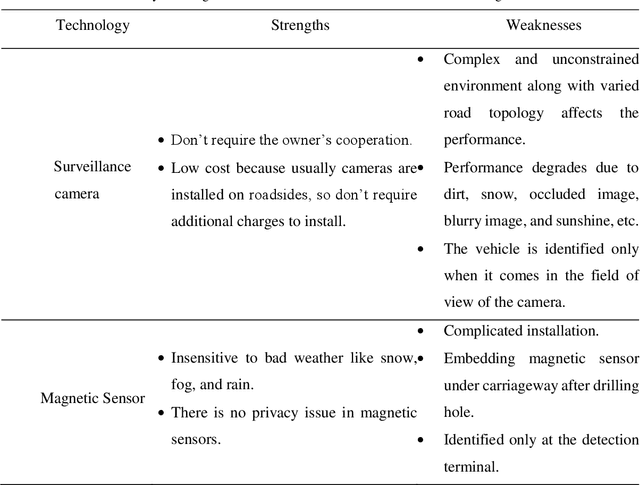
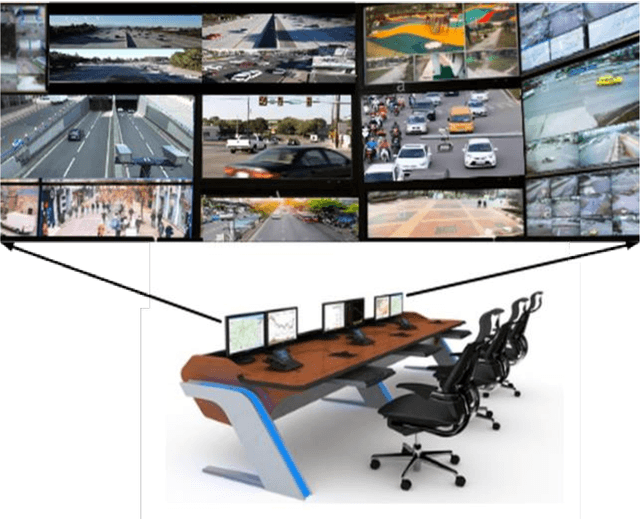

Abstract:Vehicle Re-identification (re-id) over surveillance camera network with non-overlapping field of view is an exciting and challenging task in intelligent transportation systems (ITS). Due to its versatile applicability in metropolitan cities, it gained significant attention. Vehicle re-id matches targeted vehicle over non-overlapping views in multiple camera network. However, it becomes more difficult due to inter-class similarity, intra-class variability, viewpoint changes, and spatio-temporal uncertainty. In order to draw a detailed picture of vehicle re-id research, this paper gives a comprehensive description of the various vehicle re-id technologies, applicability, datasets, and a brief comparison of different methodologies. Our paper specifically focuses on vision-based vehicle re-id approaches, including vehicle appearance, license plate, and spatio-temporal characteristics. In addition, we explore the main challenges as well as a variety of applications in different domains. Lastly, a detailed comparison of current state-of-the-art methods performances over VeRi-776 and VehicleID datasets is summarized with future directions. We aim to facilitate future research by reviewing the work being done on vehicle re-id till to date.
 Add to Chrome
Add to Chrome Add to Firefox
Add to Firefox Add to Edge
Add to Edge